First Look: Gigabyte GA-880GMA-UD2H
Manufacturer: GigabyteThe 880GMA-UD2H is Gigabyte's update to its very capable and popular 785G. Stemming from the original 780G that featured an AM2+ socket and DDR2 memory sockets, the updated 785G and 880G chipsets use the same RV620 DirectX 10.1 GPU with the same 40 stream processors as before.
In fact, the 880G itself is pretty much identical to the 785G, minus an as yet-to-be determined clock bump: where the 785G graphics chip ran at 500MHz and was called a Radeon HD 4200, the 890GX has an identical GPU clocked at 700MHz and called a Radeon 4290. The 880G chipset has a GPU named Radeon HD 4250, so expect a frequency of between 500MHz and 700MHz. After some size comparisons we also think that ATI is still using the TSMC 55nm process too.
The SB850 Southbridge is the biggest update over the 785G chipset, giving the 880G native SATA 6Gbps support that includes the full complement of RAIDs 0, 1, 10 and 5, as well as a couple more USB ports. We also expect to see the CPU core unlocking to feature with this Gigabyte board, despite the chipset not officially offering it.
The board layout is slightly neater than the previous Gigabyte 785G boards we've seen, and Gigabyte has used its attractive blue and white colour scheme with it too. The fundamental hardware has remained the same though: the CPU still gets 4+1 power phases, although the MOSFETs have been upgraded since the previous 785G board.
Gigabyte continues the general trend of bolting a USB 3 chipset to almost everything possible, and includes the NEC chipset for an additional two USB 3 ports. The rear I/O doesn't see any more than the six USB (2 or 3) ports that equivalent boards of previous generations have had though. That's mostly because the on-board video outputs for DVI, D-Sub and HDMI take up most of the space. Given the lack of evidence for a digital switch on the PCB behind the display outputs, we can safely assume that both digital outputs cannot be used at the same time, as is the case with every 890GX and 880G board we've seen.
The six USB ports and the set of display outputs is joined by a wide range of other connections. There's 8-channel HD audio with optical S/PDIF out, Firewire, Gigabit Ethernet and PS2 keyboard or mouse. The eSATA port is one of the six SATA connections supported by the SB850 Southbridge, so is capable of the same 6Gbps speeds.
Back to the board itself, and it's a shame that the five other SATA ports face directly out from the PCB - use a long, dual-slot graphics card and you'll only be able to use four of them, and adding disks at a later date will be a pain. Despite having two 16x PCI-E slots, the second is only electrically a 4x slot. The board doesn't support CrossFire anyway, though - those who want to run dual graphics cards will have to look at 890GX or 890FX motherboards. To finish off the slots, there's a PCI slot at the bottom and a 1x PCI-E slot closest to the Northbridge. Gigabyte has designed the Northbridge heatsink to allow long cards placed in the 1x PCI-E slot to be sit over it
Overall, despite the SATA ports not sitting at 90 degrees to the board, the layout is generally very tidy, with all the headers and connections placed in easy to access positions. Gigabyte still includes an IDE and floppy port, but we can partially forgive this as this board is likely to be used as budget-sensitive upgrade while the 890FX-UD7 of the previous page is more likely to end up in a bling-tastic high-end rig. Gigabyte does include its famous dual BIOS function, which is always useful, though we'll have to wait to see if the BIOS itself is as good as that of the 785G that preceded it: a tough act to follow.
Of course what the board will retail at will determine its appeal and whether it's a significant alternative or just the next increment to the 785G.

MSI MPG Velox 100R Chassis Review
October 14 2021 | 15:04


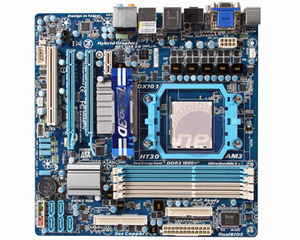
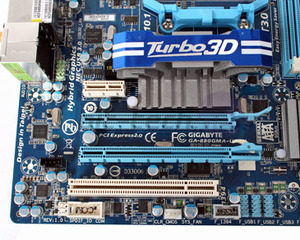
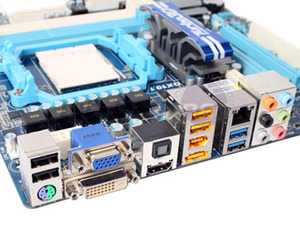
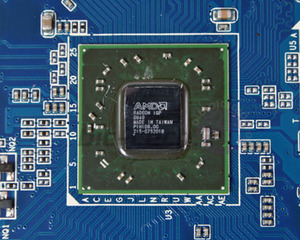
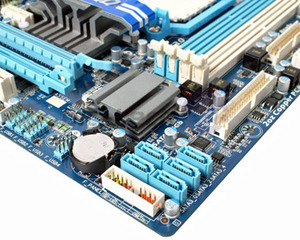
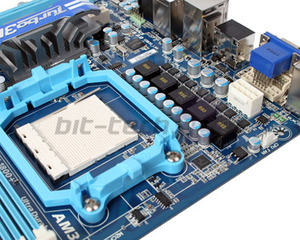
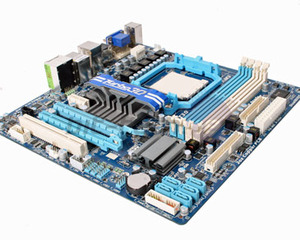
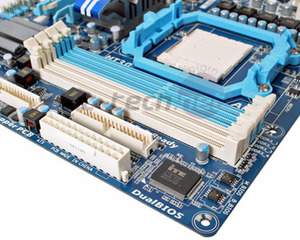







Want to comment? Please log in.